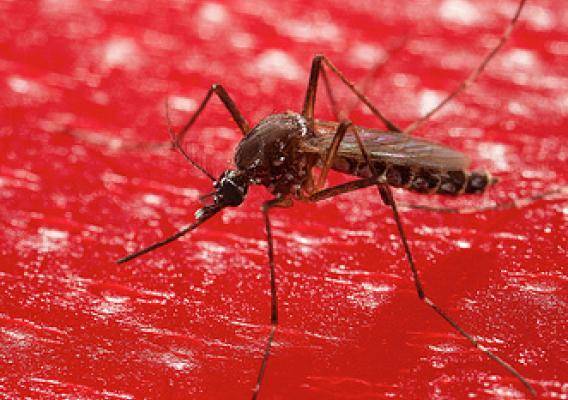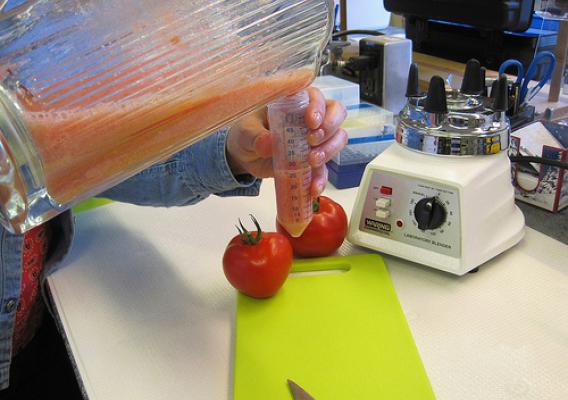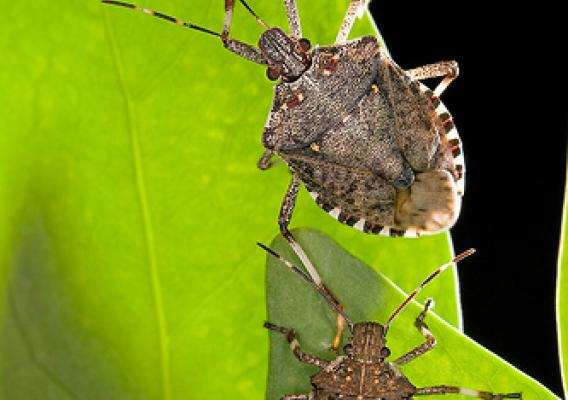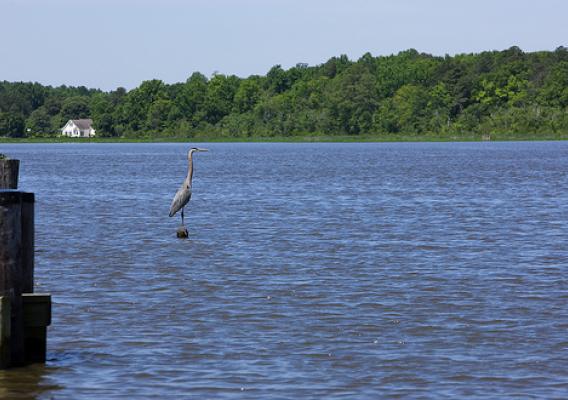Calling all insect enthusiasts and frustrated gardeners! USDA scientists need your help in documenting Brown Marmorated Stink Bugs (BMSB) in your home. Beginning September 15th through October 15th, we’re asking citizens across the Mid-Atlantic region of the United States to record daily counts of this pest on the exterior of their homes, along with their location and the time of each count. While USDA scientists are focusing on the Mid-Atlantic region, any data they can get from other U.S. regions would also be helpful to their research.
The quest to find out just how many stink bugs there are, and how they behave, is the brainchild of a consortium of researchers from USDA, the University of Maryland, Pennsylvania State University, Rutgers University, Virginia Tech, the Northeastern IPM Center, Oregon State University, North Carolina State University, Cornell University, the University of Delaware and Washington State University. This project is represented on the website, “Stop BMSB (www.stopbmsb.org),” which was launched in 2011.








